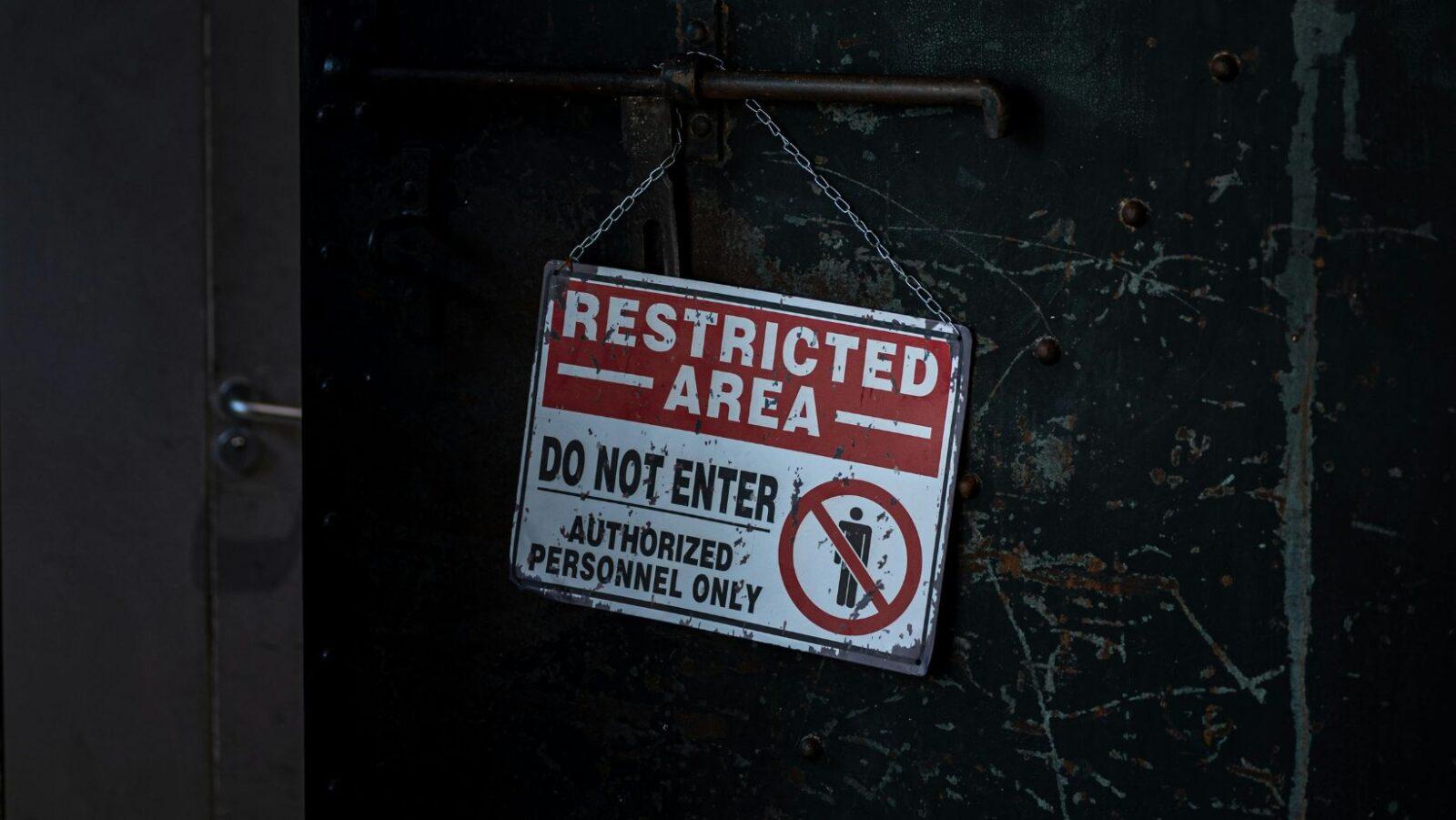It’s an all-too-familiar tale: You check the time on your computer, belatedly realizing that you’ve already spent roughly an hour working past your shift. With a defeated groan (this is, after all, unauthorized — and therefore uncredited — overtime), you turn off your monitor, hastily put your things in your bag, and prepare to leave. You reckon that you can still have about 30 minutes to make it to the train station before it becomes an impenetrable sea of sardine-packed nine-to-fivers.
You make your way to the door, and right before your finger hits the light switch, a voice from two cubicles away says, “Iwan mo lang p’re, ako na bahala d’yan mamaya” (“Just leave the lights on; I’ll switch them off later”). Had you not known any better, you probably would have run away screaming at the thought of a ghost on your floor. You’re pretty much aware, though, that it’s just your workaholic officemate — the last one to leave, as always.
With a smile and a shrug, you make your way out of your office, wondering exactly how some people manage to be okay with clocking in so many hours of work — admiring them, even.
Workaholism: What’s in a word?
The term “workaholic” is attributed to psychologist and author Wayne Oates, who first used the word in a 1968 essay titled “On Being a Workaholic (A Serious Jest).” Workaholics, explained Oates, are people who “continually need to work in a manner that [is] compulsive and uncontrollable.” Oates even called it an addiction that’s “more socially acceptable” than alcoholism.
Addiction happens when our neurons release the neurotransmitter dopamine. Dopamine is associated with reward and pleasure, and its release can be triggered by either experiences or substances. Further engagement in dopamine-releasing activities (such as smoking, drug use, or alcoholism) means more dopamine is released in the brain’s pleasure center (the nucleus accumbens). This leads to addiction, while increasing our tolerance to dopamine. We feel the need to engage at a higher intensity — or consume in larger quantities — to get our fix.
Workaholism as an addiction
Categorizing workaholism (ergomania) as an addiction is admittedly a bit complicated. In a 2011 study, Sussman and Sussman looked at elements of addiction and identified five characteristics: (a) behavioral engagement to satisfy a perceived need, (b) behavioral preoccupation, (c) temporary satiation, (d) loss of control, and (e) negative consequences. Workaholism differs as an addiction from, say, drug abuse or alcoholism, in the sense that it tends to be driven not by a hedonistic need, but by the desire to nurture (to earn enough money to pay the bills, to get that much-desired promotion, and so on).
Furthermore, it actually is possible to be a workaholic without enjoying the work you’re doing.
More often than not, when the word “workaholism” comes to mind, what we’re actually thinking of is “work engagement.” The key difference is that while workaholics work because they feel they have to, engaged workers work because they want to. While workaholism is typically linked to negative emotions (anger, irritation, a lack of fulfilment), work engagement is strongly associated with positive emotions such as alertness, security, and confidence. Unsurprisingly, workaholics are more likely to get stressed out and experience health troubles than engaged workers.
Workaholism in Asia and the Philippines
Interestingly, workaholism appears to be a significant problem in Asia. In fact, a 2014 report from the Organization for Economic Co-operation and Development (OECD) revealed that four of the five most “workaholic” countries in the world were from Asia, including Japan and South Korea. In those countries, rendering over 50 work hours per week has pretty much become the norm. As a matter of fact, Japan already has a word for death from working too much: karoshi, or literally “overwork death.”
It can be argued that workaholism in Asia is largely driven by the desire to get ahead in life. Japanese employees started rendering longer working days post-World War II, after Japan rose to economic prominence. Meanwhile, students in South Korea have been observed to be workaholics as well, studying well into the wee hours of the morning, aiming to finish with high grades and eventually get high-paying jobs.
A report from the Philippine Statistics Authority revealed that 8.105 million Filipinos were overworked in their primary jobs in 2015. The most recently reported case of an alleged workaholism-related death in the Philippines was that of a young brand strategist from a prominent advertising firm. The incident, which happened in February 2017, led to social media users calling out clients and agencies for their excessive work demands and requirements. It also spurred discussions on the urgency of developing measures to address the problem of overworked Filipinos, as well as the importance of maintaining a healthy work-life balance. This even prompted legislators to file a resolution, Senate Resolution No. 316, to look into the matter. As of today, the legislative status of the resolution is still pending.
How we look at workaholism
Here’s the thing, though. We Filipinos don’t seem to think that workaholism is an issue. In fact, many of us seem to wear it like a badge of honor.
Let’s face it: Workaholism is probably the only kind of addiction we would be proud to admit. It’s not uncommon for us to hear our friends call themselves workaholics, for example. In fact, we’ve probably used the term to describe ourselves at some point. Unfortunately, this kind of attitude towards workaholism could have devastating consequences on our physical, mental, and emotional well-being.
It would be wise to consider examining our motivations to work beyond our regular hours. We tend to focus on the image that workaholism creates: that of a diligent, driven, and hardworking success story in-the-making. Staying beyond your hours doesn’t necessarily mean you’re an excellent worker, though. In fact, what you think is “workaholism” may actually be a sign that you’re just not working efficiently.
We can only effectively deal with workaholism if we recognize it as a problem, instead of looking at it as a way to achieve satisfaction and social validation. After all, as much of an exaggeration as it may sound, it certainly is possible to work yourself to death.
References
- KESKİN G. Today’s Public Health Issue: Workaholism. Iranian Journal of Public Health. 2017;46(2):274-275. Accessed 23 August 2018.
- Sussman S. Workaholism: A Review. Journal of addiction research & therapy. 2012;Suppl 6(1):4120. doi:10.4172/2155-6105.S6-001. Accessed 23 August 2018.
- Sussman S, Sussman AN. Considering the definition of addiction. International Journal of Environmental Research and Public Health. 2011;8:4025–4038. Accessed 23 August 2018.
- Coffee, P. (2017 Feb 23). Death of an Ogilvy Philippines Employee Sparks Renewed Debate Over Work-Life Balance at Agencies. AdWeek. Accessed 23 August 2018 at https://www.adweek.com/agencies/death-of-an-ogilvy-philippines-employee-sparks-renewed-debate-over-work-life-balance-at-agencies/.
Author: Mikael Angelo Francisco
Bitten by the science writing bug, Mikael has years of writing and editorial experience under his belt. As the editor-in-chief of FlipScience, Mikael has sworn to help make science more fun and interesting for geeky readers and casual audiences alike.







